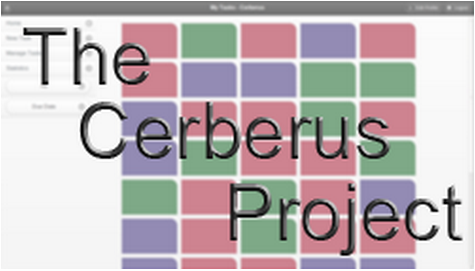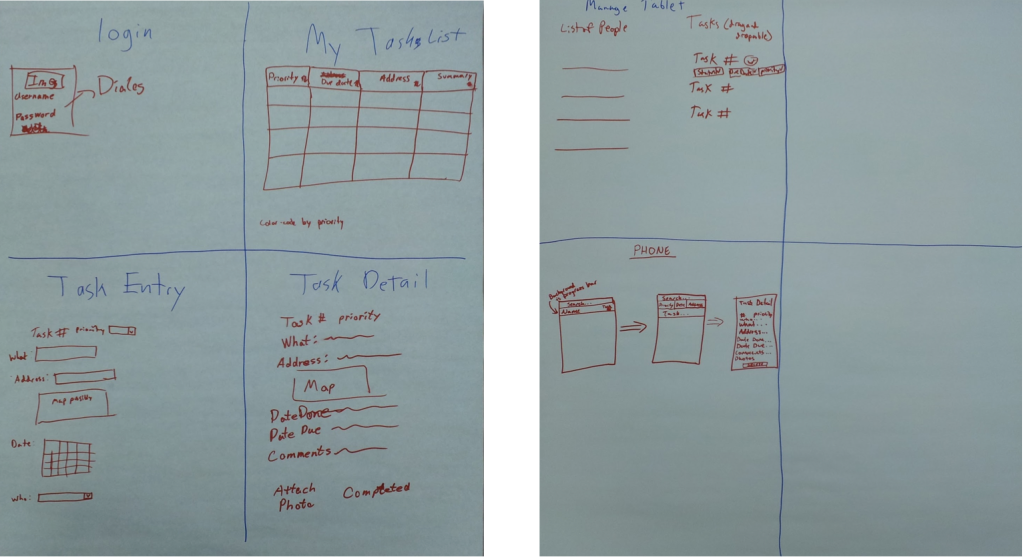This summer’s interns have finished their project, and written a long and detailed report about it. You can read the 31-page report PDF, and we will present excerpts of it in a series of blog posts. This is the first.
All of this was written entirely by our interns, with only some editing feedback from professional Oasis Digital developers or managers.

Project Overview
Oasis Digital Solutions, Inc. is a software company that develops custom software for companies worldwide. Oasis Digital is primarily based in St. Louis, but has contributors spread throughout the United States. The success of the 2011 internship program led Oasis Digital to expand the program for the summer of 2012. This year the internship program has grown to include three interns in high school, or recently graduated and about to enter college. One of the reasons this program was
started was to allow for the developers at Oasis Digital to learn about new technologies they normally would not get a chance to work with. There is a mutual benefit between the interns and the company, as the company will have new products to show existing customers by the end of the summer, while the interns gain a once-in-a-lifetime experience in the industry.
Goals
The primary objective of the Cerberus Project was to create a workflow management system with desktop, tablet, and mobile interfaces.
Team Members
David McNeil is a freshman at Rose-Hulman Institute of Technology in Terre Haute, Indiana.
Sam Pepose is a senior at Whitfield High School in Saint Louis, Missouri.
Sarah Whelan is a senior at Whitfield High School in Saint Louis, Missouri.
Design Overview
The team discussed the global plans for the project on the first day. We discussed which languages and platforms to use that would best fit the project’s goals. Node.js was decided upon for the server because of its asynchronous nature and flexibility. JavaScript was decided upon for the client because of its simplicity and gradual learning curve. The team decided that it was beneficial to have the same language for both the client and server.
We discussed the basic layout of the application. It was decided that we will need six different pages for our application: a register page, login page, tasklist page, task entry page, task detail page, manager page. Rough sketches of each page were drawn:
(to be continued)

